Bulabog Beach's Brick Road: Redefining Accessibility
When
Boracay comes to mind, people often think of the White Beach strip
located on the west side of the island, known for its powdery white sand
and the perfect view of the setting sun. Running parallel on the east
side, Bulabog Beach has been cultivating an entirely distinct ambience
and drawing a completely different crowd. Lately, it’s not uncommon to
hear visitors say: “Even if I’ve been to Boracay many times over the
years, I have never set foot on Bulabog and had no idea how charming it
is.”
Bulabog started to attract attention in the 1980s during the
heyday of windsurfing, when Swiss businessman René Wyss brought the
sport to the island by opening its first school. What initially began as
a fun cup to celebrate the second wedding anniversary of windsurfers
Nenette Aguirre, a Malay local, and Roby Graf, one of the earliest Swiss
instructors recruited by René, evolved into the Boracay International
Funboard Cup.
Since 1988, this windsurfing competition has
played a pivotal role in establishing Bulabog as a premier watersport
destination. It would later earn recognition as the Philippines'
longest-running and most successful annual sporting event. In 2010, it
was listed among the "Top 52 Weekend Destinations in the World" by
CNNGO.com.
This annual event played a pivotal role in catapulting
Bulabog into the limelight of windsurf destinations when it hit its
fifth year and went international. That's when Boracay officially became
an iconic windsurfing spot on the global scene, with even world
champions choosing this windsurfer’s paradise as their training ground.
In fact, nearly all of Bulabog's original establishments were founded by
foreign windsurfers who simply wanted to be close to their playground.
Before
achieving global recognition, it’s fascinating to note that windsurfers
initially set sail at White Beach, riding the offshore winds of the
Amihan season. In 1987, 19-year-old Swiss champion windsurfer Sandra
Gubelmann – while training on the island – made a game-changing
discovery: Bulabog, once considered impassable due to visible seagrass,
rocks, sea urchins, and the risk of long windsurf fins getting caught,
became a viable option during medium to high tides.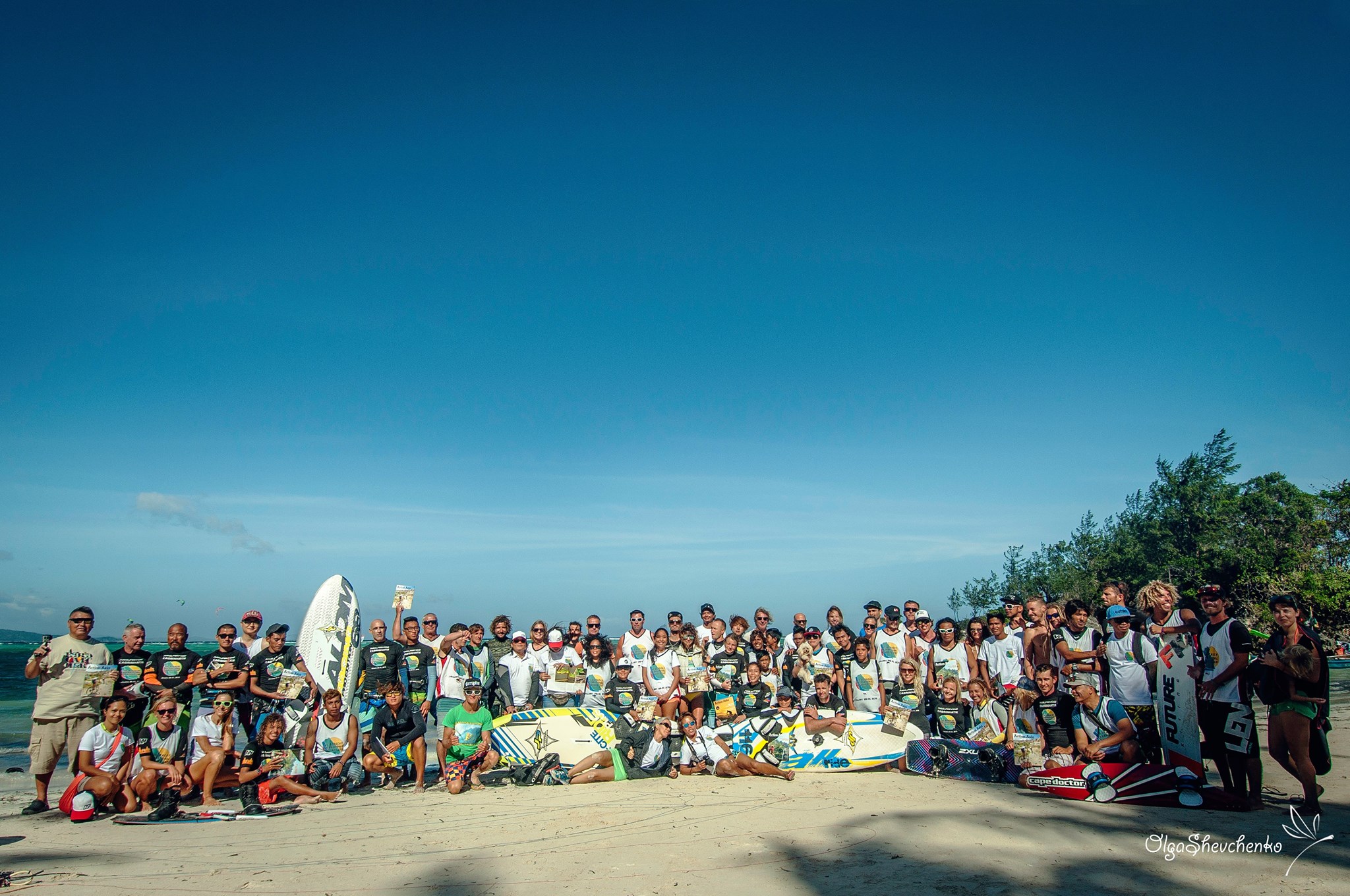
Kitesurfing
made its debut on the island in 2001 through Greenyard Funboard Center,
and by 2005, it became an official part of the Boracay International
Funboard Cup, adding an exciting new dimension to the competition. What
truly distinguishes Bulabog as a top windsport destination in Asia is
the unique combination of onshore winds ensuring that riders are blown
back towards the shore, and the protective reef that provides shallow,
calm waters, enhancing the learning and riding experience for all
levels.
The golden days and continuous positive growth of Bulabog
were met with substantial challenges as the bay's water quality
problems escalated. Bulabog became the outfall point for drainage and
sewage water; however, these infrastructures were inadequately
constructed, failing to meet satisfactory standards while contaminated
groundwater of Boracay further contributed to the issue. The coral reefs
suffered, water sports enthusiasts fell ill, and the Bulabog tourism
industry faced significant challenges.
Around 2010, "Save Bulabog
for Boracay" was the heartfelt message that the Boracay Windsport
Association (BWA) conveyed through letters, media interviews, and
rallies to the authorities, policy makers, and enforcers.The BWA
recognized that the national government's negligence towards Bulabog –
the island's second most important beach and a global windsport
destination –signified a broader disregard for Boracay Island's
environment.
Water quality issues inevitably led to the
cancellation of the iconic Boracay International Funboard Cup over
several years, with the last event held in 2015. Despite the residents’
and stakeholder groups’ persistent pleas for help and the fluctuating
progress over the years, it was only when a series of island management
concerns, including those in Bulabog, gained significant attention that
led to the infamous six-month closure of Boracay Island starting April
26, 2018.
During
the closure, several significant initiatives were undertaken that aimed
to enforce the beachfront easement, widen the main road with sidewalks,
and modernize the drainage system. The previously inadequate drainage
system was partially completed and improved and, while the widening of
the main roads and sidewalks extended beyond the initial six-month
period of the closure, progress was evident. On the contrary, the 25+5
meter beachfront easement had a pronounced impact on businesses,
including those on Bulabog Beach. It required establishments to readjust
their building perimeters to set back and align with a 25-meter
no-development zone, with the primary objective of safeguarding
Boracay's shoreline.
In the aftermath of the setback, the
government proposed the construction of a 12-meter highway along Bulabog
Beach – at the very same space where establishments once stood. This
proposal faced staunch opposition from the BWA and Bulabog residents
with the support of stakeholder group Boracay Foundation Inc. (BFI), as
the island already had two parallel paved highways and BFI did not see
the need for a beachfront highway. However, with a budget must come a
project and something had to be built. Coincidentally, BWA President
Nenette Graf, who also served as an elected councilwoman in the local
government bridging both the public and private sectors, proposed a
compromise solution: a brick road.
Municipal Ordinance No. 482
establishes regulations prohibiting commercial activities and big
vehicles such as e-trikes and motorbikes. It allows pedestrians,
cyclists, e-bikes, wheelchair users, and specific vehicles for repairs
or emergencies. Special events are allowed with local government
approval, but they must remove everything afterward and not obstruct
pedestrian traffic.
Before
the brick road, walking down the beach during high tide was nearly
impossible. Boats were tied to trees and the area along the tree line
was submerged in knee-deep wild weeds, creating an obstacle for
pedestrians. Only during lower tides would you see joggers and people
walking their dogs along the beach. During the construction of the brick
road, many residents understandably voiced their complaints, especially
those who lost a significant portion of their properties, only to see
their beachfront views transformed into a walkway.
Since the
brick road’s completion in 2022, it has become a hub of activity and has
made Bulabog much more accessible to a wider crowd. People of all ages,
residents and tourists alike, are seen exercising, dancing, biking,
skateboarding, and swimming along the beach. Most surprising to
residents is the sight of baby strollers and wheel chairs in areas that
were once very difficult to access with these mobility aids. The brick
road has brought a newfound sense of inclusivity to Bulabog, welcoming
individuals of all abilities to enjoy the beautiful bay.
Though
many businesses were greatly affected by the challenges posed during the
island closure such as the setback, the overall consensus of residents
about the boardwalk has been positive. After the initial surprise of
returning visitors seeing a brick road instead of sand or wild weeds,
there is a prevailing sense of newfound opportunities, a revitalizing
change, increased foot traffic, and a livelier atmosphere. Inspired by
the success and appeal of the Bulabog Beach brick road, establishments
along White Beach have been expressing their desire for a boardwalk or
brick road of their own.
Bulabog’s transformation from a hidden
windsurfing haven to an inclusive and bustling destination exemplifies
the strength of community unity. Local windsurfers and kiteboarders
turned entrepreneurs, environmental advocates, and concerned residents
joined forces to protect and redefine their beloved Bulabog Beach. Amid
water quality issues and challenges, they rallied to “Save Bulabog for
Boracay” – raising their voices and catching the attention of
authorities. The closure of Boracay Island in 2018 marked a turning
point. Despite initial setbacks, the brick road has brought newfound
opportunities and inclusivity. Bulabog Beach's journey is a story of
resilience and shared vision, demonstrating the positive impact of
community determination.



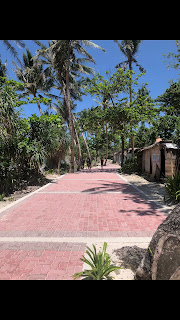




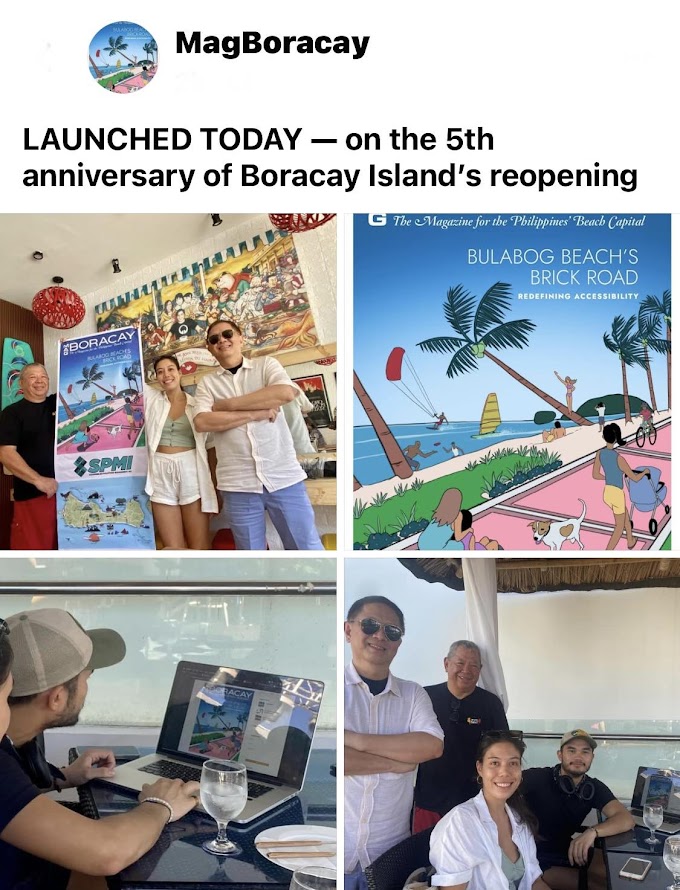
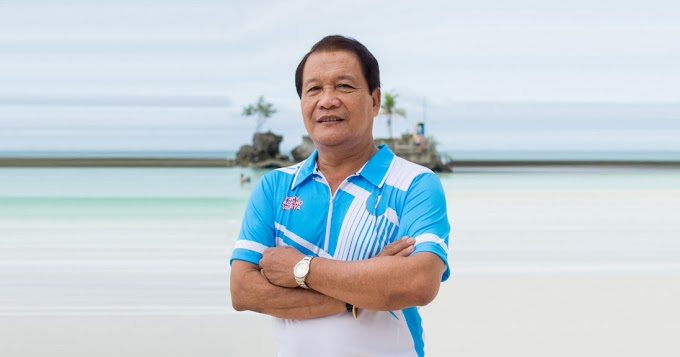
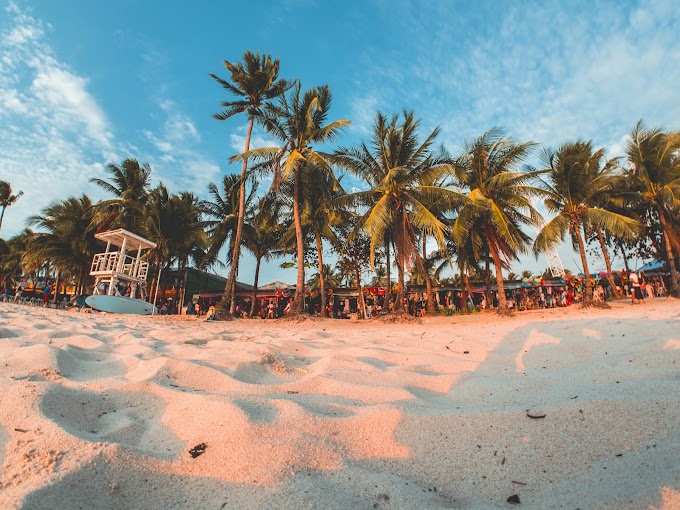
0 Comments